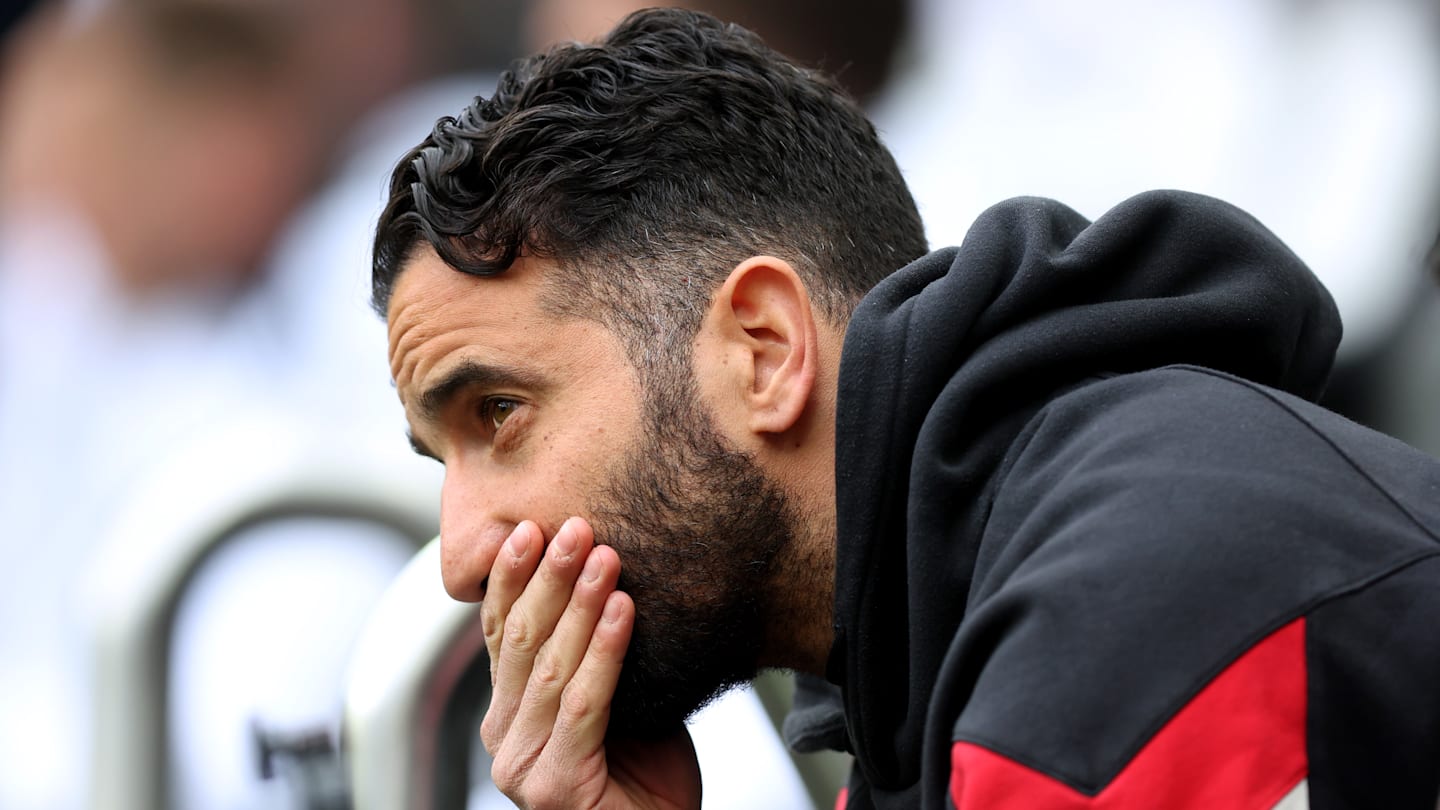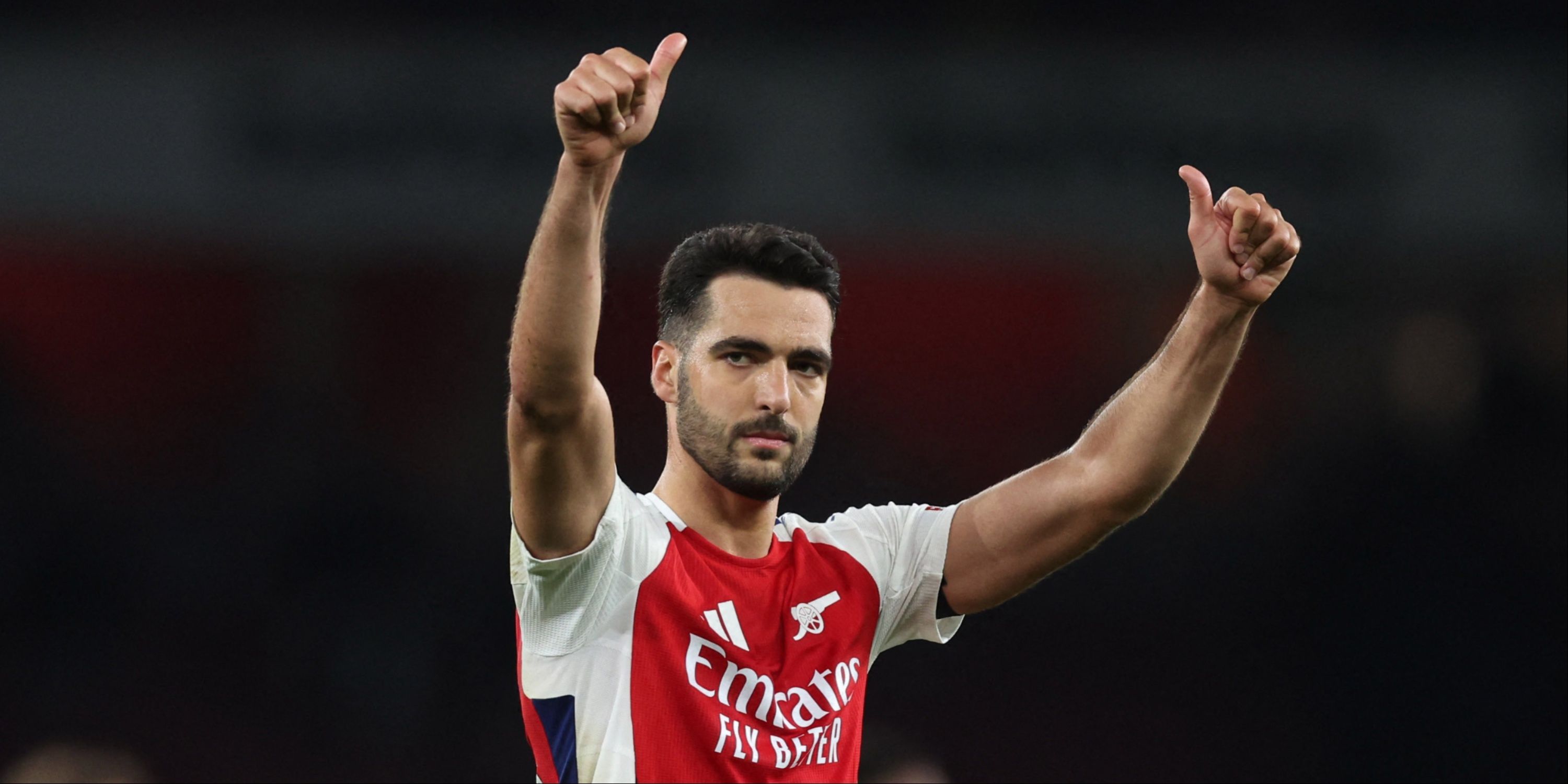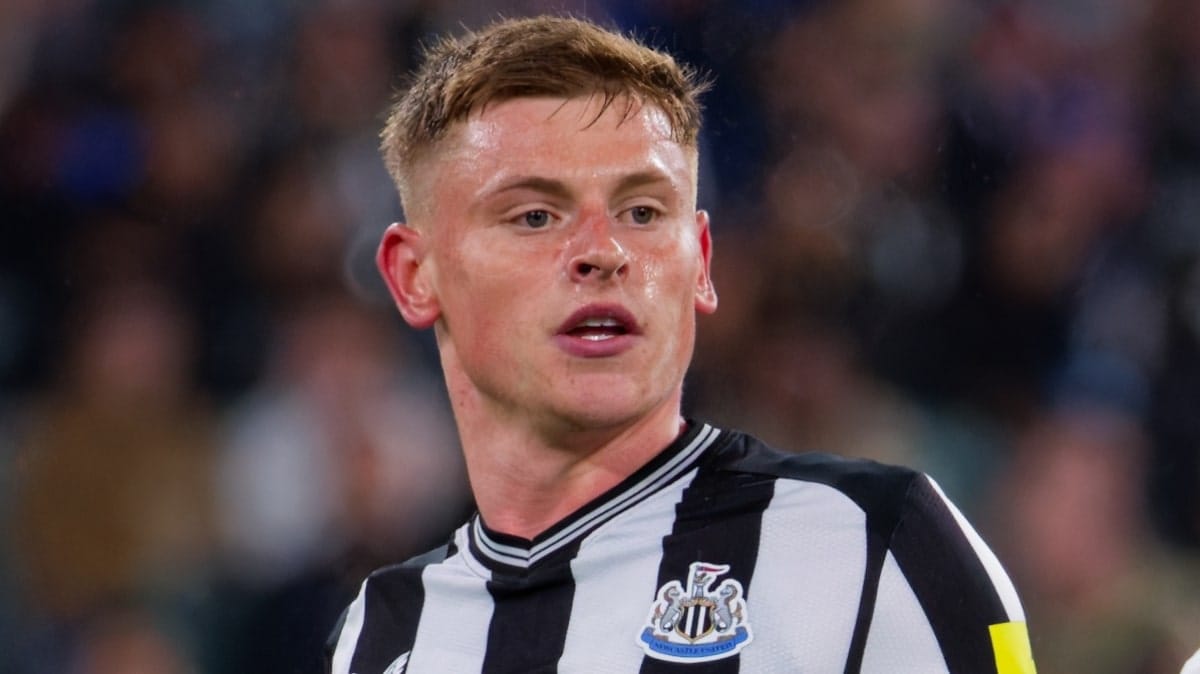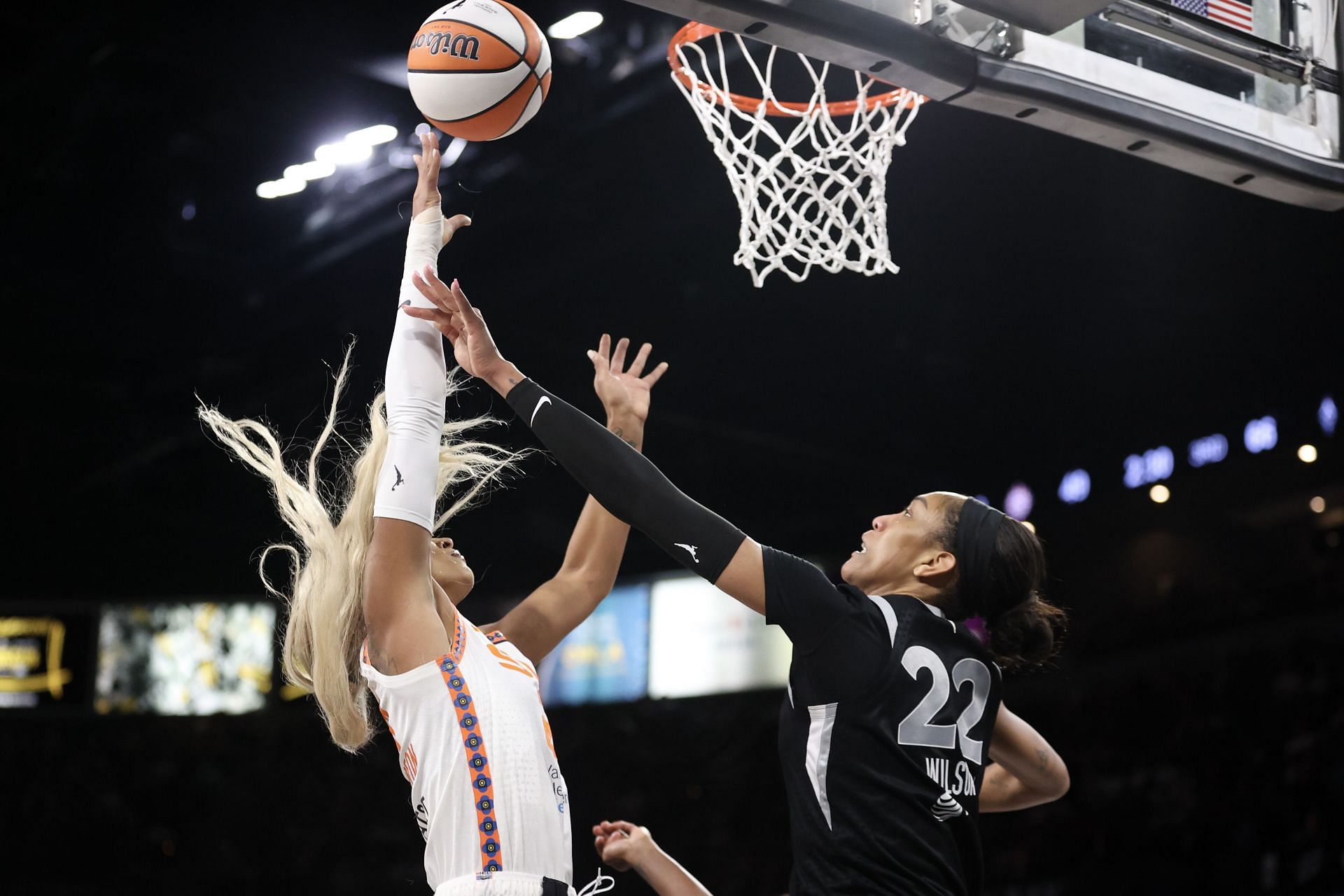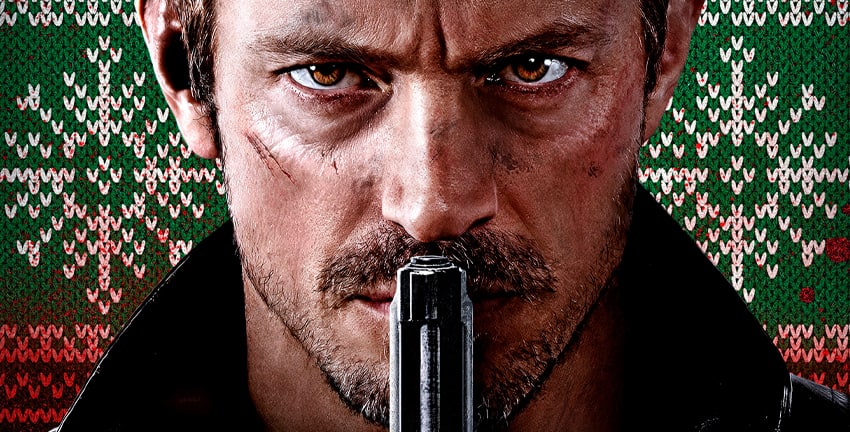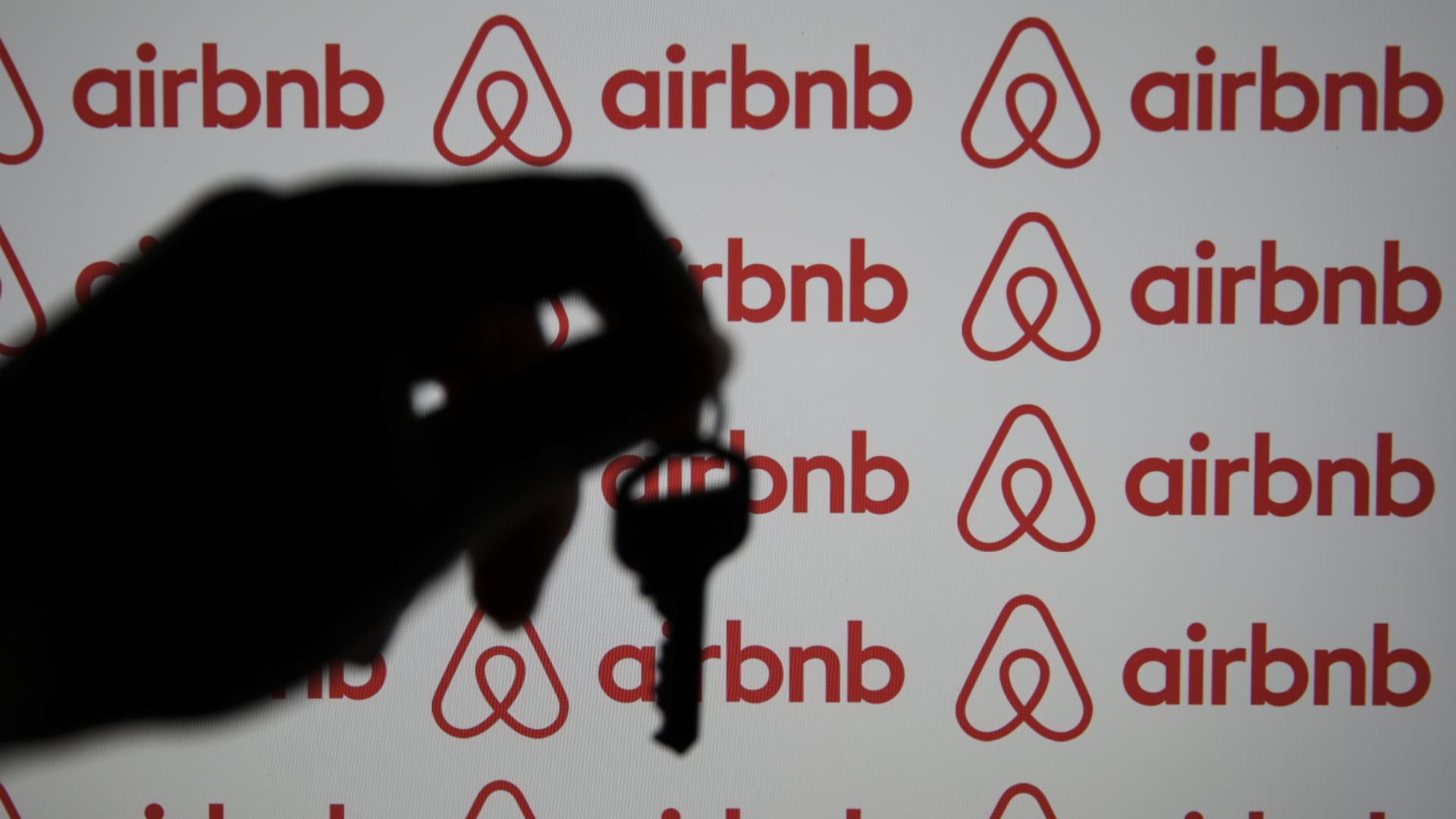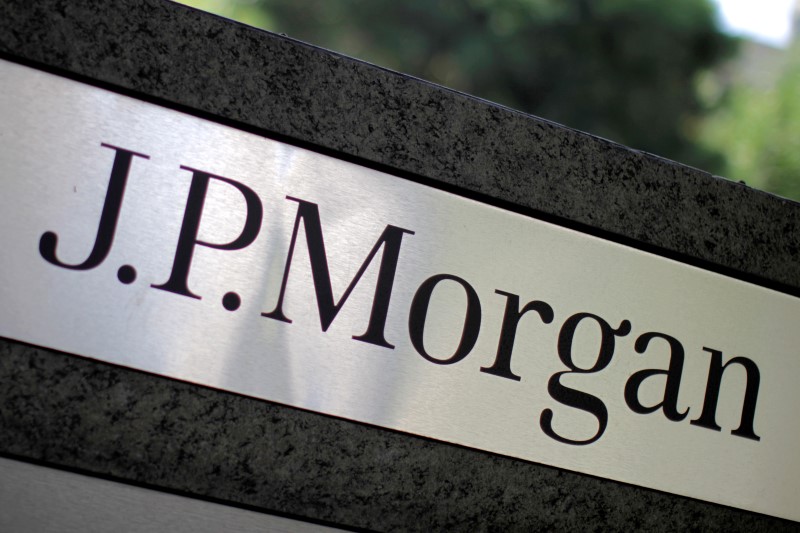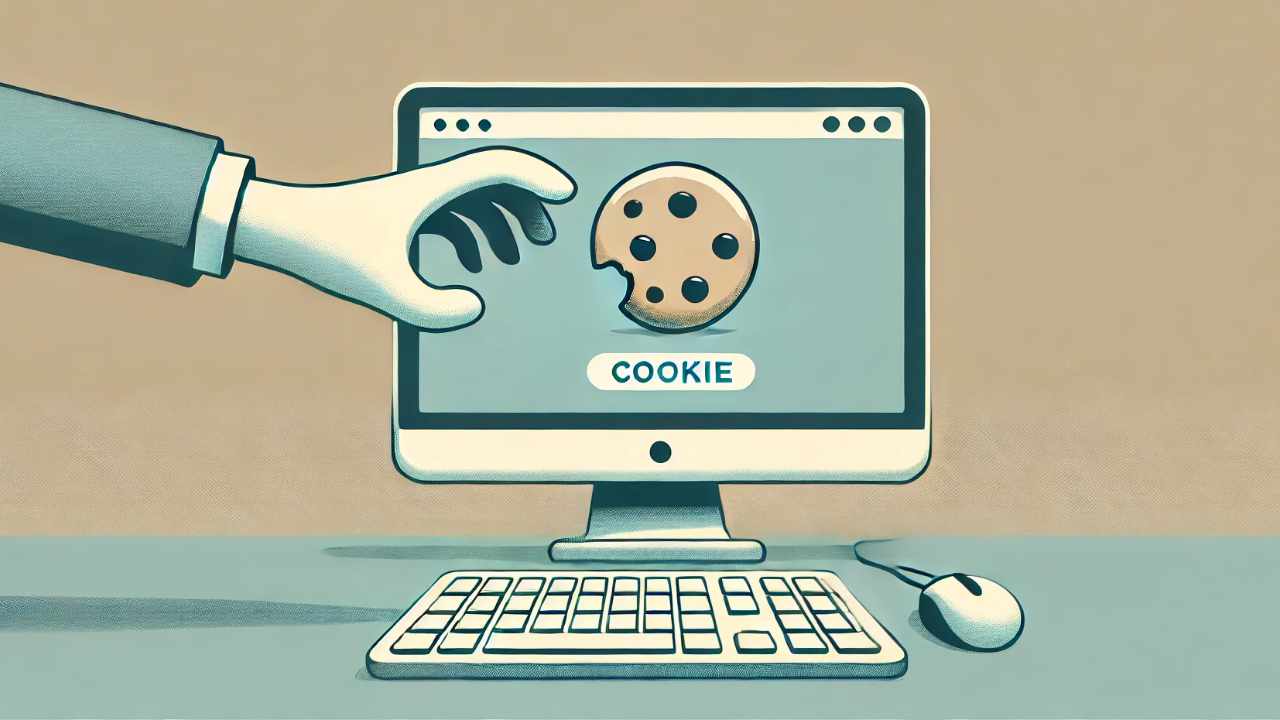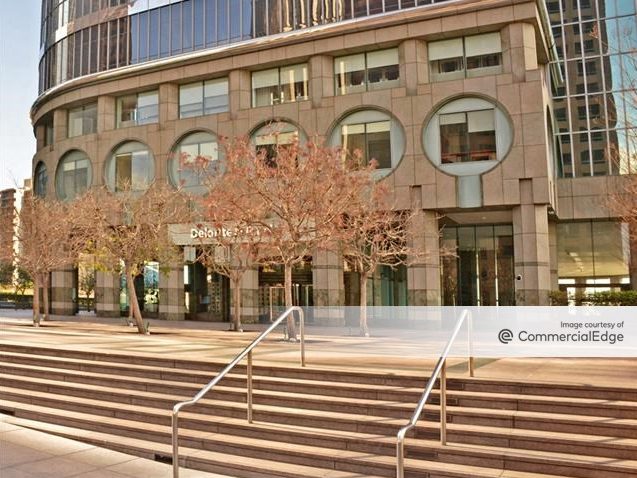Follow our live coverage of the 2023 N.F.L. draft.
The N.F.L. has televised its draft since 1980, and soon after, pro sports leagues realized they could sell rights to their selection shows to emerging cable networks thirsty for content. In the four decades since, football’s rookie roll call has far eclipsed those of its sports peers, giving the N.F.L. draft popularity on a par with whoever headlines the Grammys and bigger than HBO’s “Succession.”
For three days, a sport built on violent collisions holds what amounts to a football festival that traffics in heart-tugging stories and innocent fun. At last year’s draft, N.F.L. Commissioner Roger Goodell — a brawny former player himself — turned to greet Devin Lloyd, the 6-foot-3 linebacker who’d just been selected, and offered the customary handshake and hug. To Goodell’s shock, Lloyd leaned in and snatched his new boss off the ground in a motion so fluid that Goodell simply tucked his feet back and broke out into a laugh.
Afterward, Lloyd’s mother, Ronyta Johnson, said she’d told him to do it on a whim. “I just wanted to see if he could,” she said.
Such moments can’t begin to justify why the N.F.L. draft, which begins Thursday in Kansas City, Mo., draws an audience of upward of 11 million people every year for broadcasts across four networks. Even at its worst, the draft is a hit.
In 2021, when Goodell announced picks from a stage in Cleveland, cameras cut to the first player picked, whose name had been expected to be called first for months. The player, Clemson quarterback Trevor Lawrence, watched, like the rest of America, from home. More TV viewers showed up to witness that formality than saw “Nomadland” win the Academy Award for best picture that year.
How did pro forma sports programming come to have that kind of cultural pull? Part of the answer lies in football’s stranglehold on our TV screens. Twenty-two N.F.L. games were among the top 25 prime-time telecasts in 2022, making the sport the most reliable destination viewing of anything the networks could cook up.
Football’s viewership has been a key driver of its revenue, the league’s talent for spectacle turning America’s most popular sport into its most profitable one. The N.F.L. signed media deals worth over $100 billion in 2021 and has since inked a $2 billion deal with YouTube for the rights to stream Sunday games. Amazon is paying $1 billion to stream games on Thursdays, and this year the N.F.L. will add a game played on Black Friday for the tech giant’s Prime shoppers. It will also air 75 hours of draft coverage on the league-owned NFL Network, with more footage streamed on NFL+, the NFL App, NFL.com and NFL Channel.
“There’s no other N.F.L.,” said Jim Minnich, a senior vice president for revenue and yield management at Disney Advertising. Minnich runs the group that sells ad inventory for ESPN and ABC’s broadcast of the three-day event, over 35 hours of programming, which is sold out this year and is expected to pull in $16 million for Disney. “There’s a lot of noise out there this time of year, and the N.F.L. just cuts through.”
As proof, Minnich offered a statistic: The number of people searching online for draft advertisers was 41 percent higher than that of an average prime-time broadcast. He attributed this to storytelling. The N.F.L. schedules a pick every 15 minutes, and to fill the time between them the networks air short biographies of the player who was just selected. That way viewers go on a brief emotional journey that leads to a satisfying denouement (burly guys in N.F.L. caps tearing up and hugging their moms and dads).
A spokesman for ESPN said the network would produce 600 player highlight packages and had plans to zoom in on 50 live shots of prospects as they waited to hear their names called. This after pundits in sports media and on bar stools and message boards have spent three months predicting which team will want which player.
As with award shows and beauty pageants, the N.F.L. draft gets really juicy when cameras lock in on the contestants whose names aren’t called. When Aaron Rodgers was passed over for the top pick in 2005 by the San Francisco 49ers, the team he spent his childhood rooting for, he spent four hours agonizing in front of TV cameras until the Green Bay Packers took him with the 24th pick.
“The Lord has been teaching me a lot about humility and patience, and he kind of threw both of those in my face today,” Rodgers, then 21, said. Now 39 and a four-time N.F.L. most valuable player, he was recently traded to the Jets.
“It’s embarrassing,” he told ESPN after his long draft night. “You know the whole world is watching, your phone’s buzzing every two minutes and you’re hoping it’s a team calling. But it’s just your buddies just making jokes, and it’s hard to laugh in a situation where you know everybody’s laughing at you.”
The squirming of stranded players can give a palpable focal point to the buildup, while unseen coaches and clipboard-holders decide their futures. Though the league pays players’ airfare and hotel expenses to make the trip to the draft live show, they aren’t paid to appear.
In some cases, agents advise against showing up, lest the player suffer the humiliation of an awkward, televised wait. Only 17 of the 259 players who will be drafted planned to attend the event and sit in the cordoned-off green room/fishbowl. Those who attend will do so for roughly the same reason that college seniors sit through graduation speeches: The ceremony, as uncomfortable as it is, is a symbolic finish line.
Bryce Young, the Alabama quarterback who is projected to be the top pick in this year’s draft, said he expected the night to be “surreal.”
“Walking across that stage and hearing your name called, and I’m going to be able to experience that with my family, which is a big blessing and moment for me to cherish and be grateful,” he said.
The huge audience for such a moment also offers the first major opportunity for a player to showcase his personality for mass consumption.
“A lot of these guys on draft night are really trying to make a name, trying to make a splash,” said Cam Wolf, a senior style writer for GQ, adding that sponsorship and branding opportunities await athletes who make the right sartorial choices.
Wolf said a tipping point came in 2016 when Ezekiel Elliott, a running back who liked to wear cropped T-shirts as he warmed up for college games at Ohio State, opened his baby blue shawl-collared suit jacket to reveal a tailored button up that had been abbreviated at midriff. Elliott’s abs were soon wallpapering the internet.
Viewers “watch it for the clothes, but not in terms of getting style inspiration,” Wolf said, noting that GQ has ramped up its coverage of the N.F.L. draft red carpet in the years since. He added, “They want to be part of the discourse, and the outfits is such an easy way to do that.”
It’s all so different from the X’s and O’s conversation that muffles N.F.L. game days, when those same athletes will be in uniform, trying to stand out with a big catch or a combustible tackle. There’s a massive audience for that, too. The N.F.L. now has games on four of the seven days in a week, for the six months of the season, which in 2021 was extended an extra week.
And when there aren’t games to be played, the N.F.L., like the Marvel franchise and the known universe, finds other ways of expanding.
Ken Belson contributed reporting.



